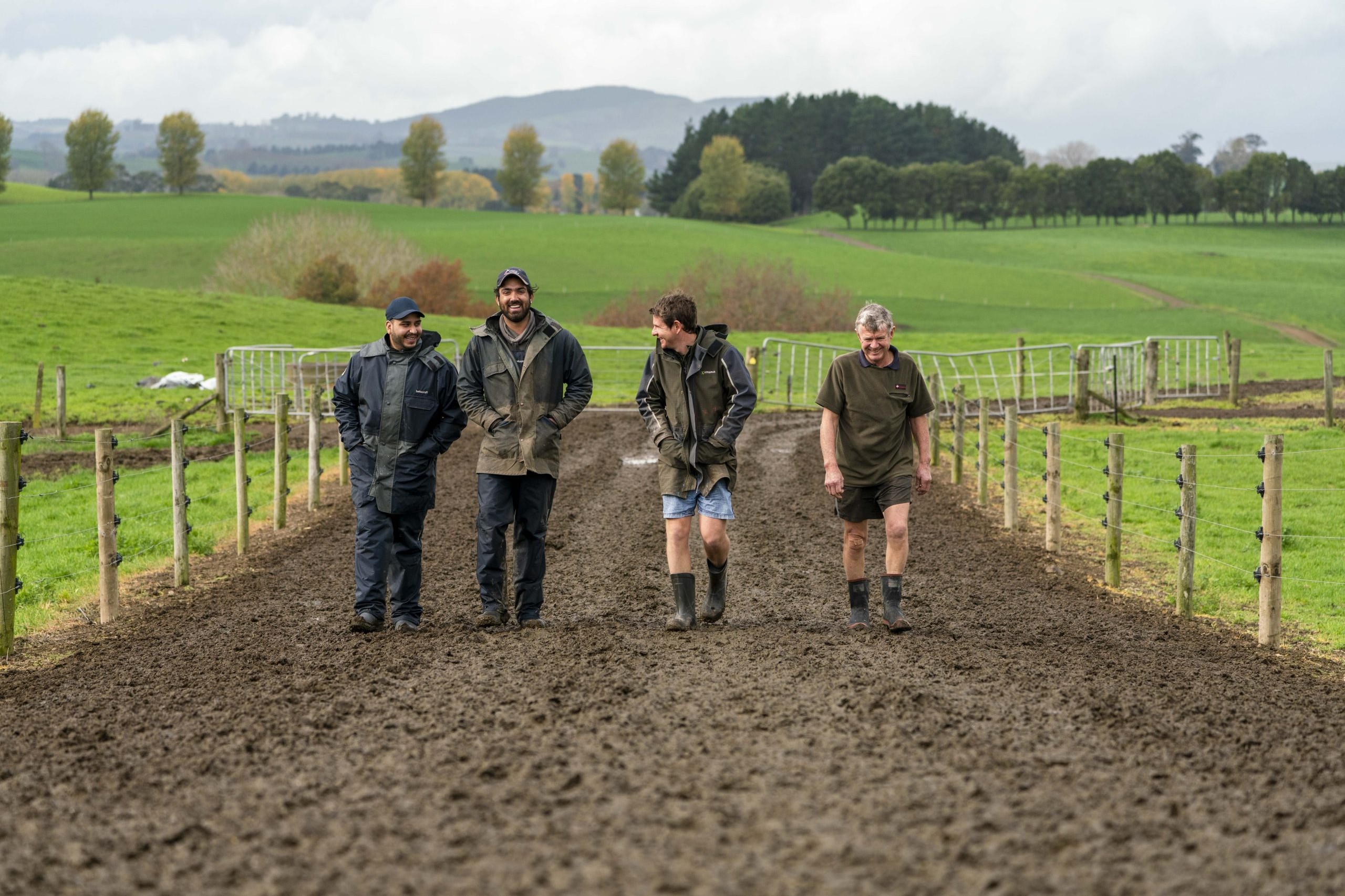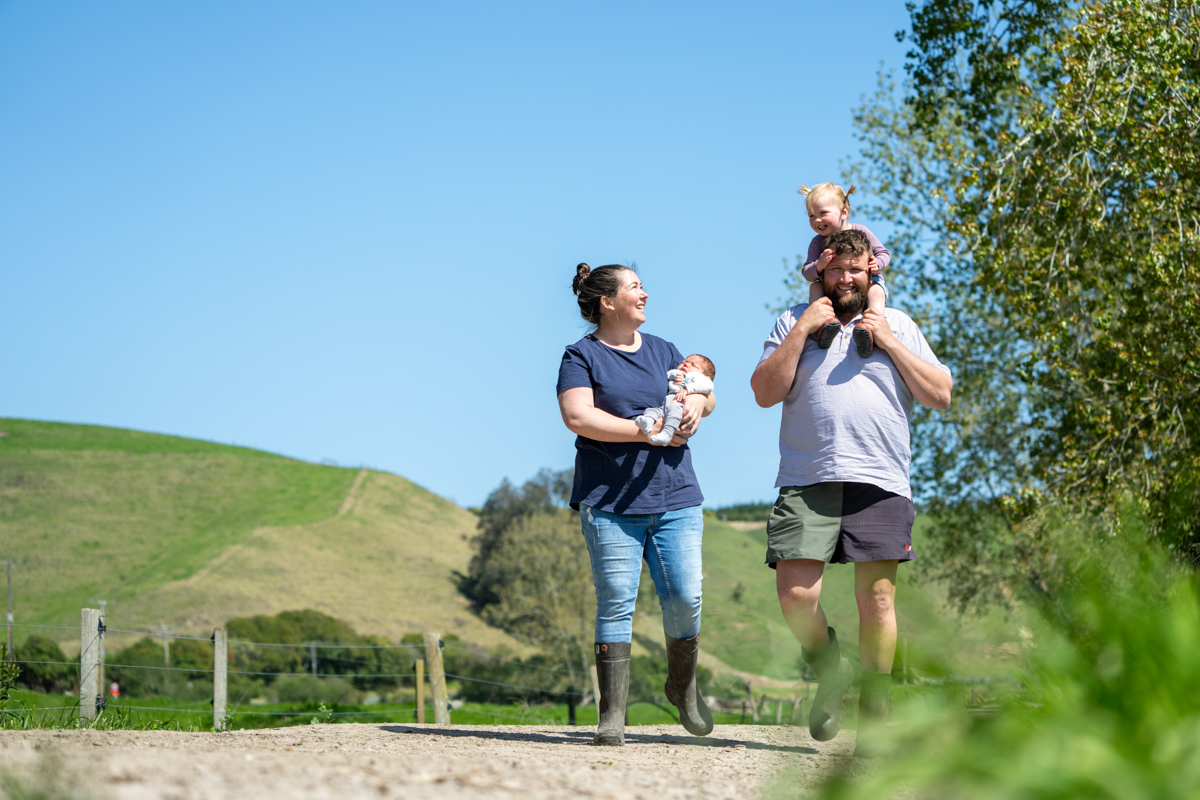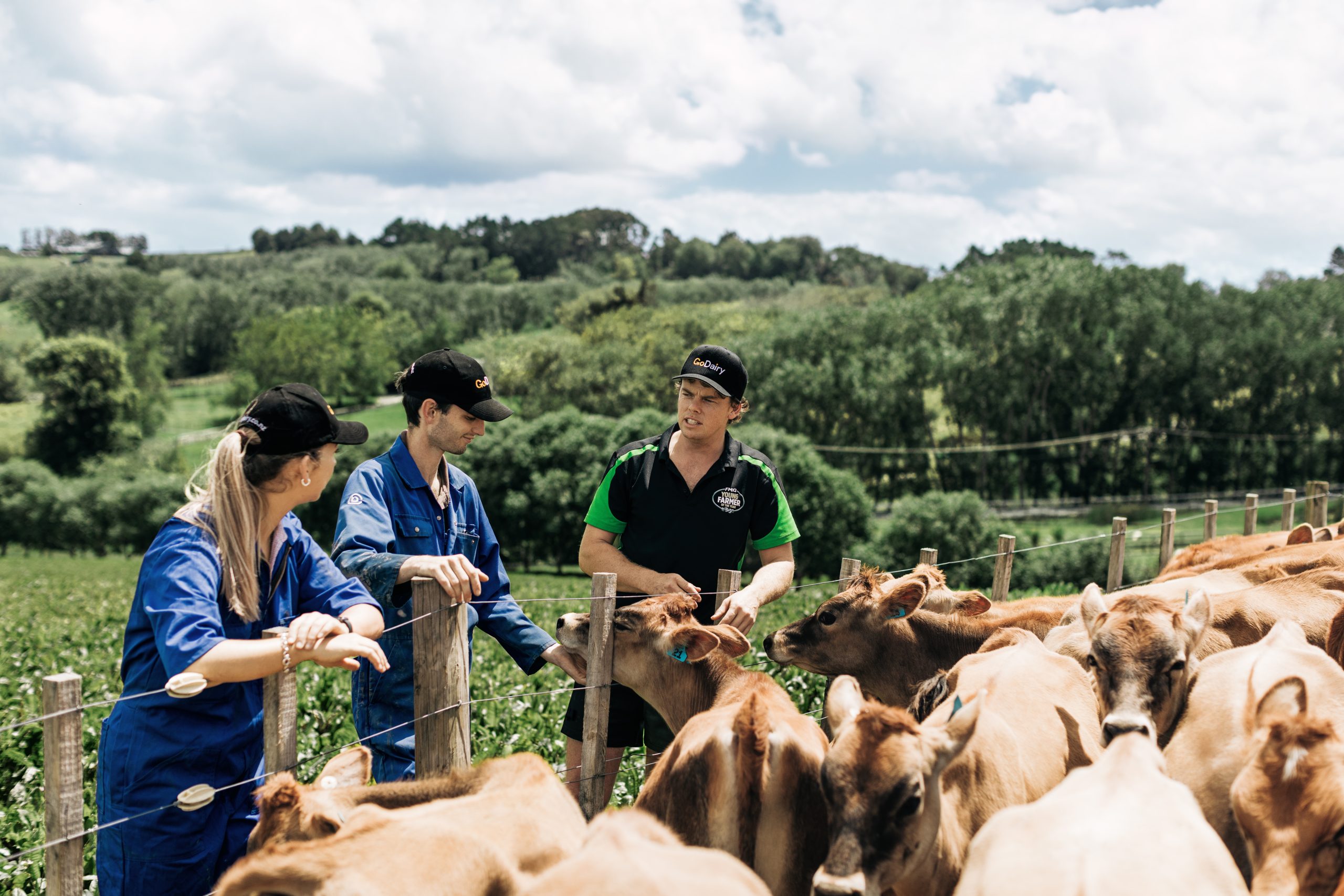By: Karen Trebilcock
Pull quote “To start with, you’ve done the right thing. We’ve all heard of the rural/urban divide and how kids think milk comes from supermarkets so anything you can do to make the situation better helps everyone.”
So your local kindergarten/primary school/high school/service club has rung up wondering if they could come and visit a “real dairy farm” to “see what all the fuss is about”.
You’ve been put on the spot and of course you say yes straight away, even though your partner is furiously shaking their head at you.
Too late to back out, and now with the weight of showcasing dairying in the best possible light for the good of the industry on your shoulders, what do you need to know?
To start with, you’ve done the right thing. We’ve all heard of the rural/urban divide and how kids think milk comes from supermarkets so anything you can do to make the situation better helps everyone.
Just don’t stuff it up.
There is a lot to think about and planning will go a long way to making sure your guests – young and old – have a memorable experience for all the right reasons.
First, discuss with the person who has organised the visit what their expectations are, the date and time of the visit and if the weather is bad, can an alternative day be arranged?
Advise them of the clothing that should be worn – gumboots if it is wet, sun hats and sunscreen if it is hot – and warn them they might get dirty. Check no one has an allergy to dairy.
Then it’s up to you to decide what you want to show them.
Maybe start with thinking about what you want your visitors to be saying as they leave the farm.
If it’s kids it could be the cows were happy and liked to be patted, ‘the calves licked my fingers and it tickled and milk
came out of the cow’s udder and it was warm…’
If it’s adults it could be the waterway on the farm was crystal clear, the technology used onfarm was mind-blowing and the
cows seemed really happy.
Health and safety, whether its kids and adults or just adults visiting, needs to be thought of.
Legally, everyone who visits your farm has to be made aware of the risks and hazards they may face while on your property, including what to do in an emergency. It’s easy to explain this to a contractor but to excited four-year-olds it can be a bit harder.
With kids, make sure they’re accompanied by an appropriate number of adults (either teachers or parents). Explain to the adults their responsibilities are to keep the kids safe and keep them together in the group.
Parent-helpers, however, can be the worst for wandering off as they get bored with the stuff for little people and want to go exploring on their own.
Explain that this is not possible, that a farm is a multiple-hazard site, and everyone needs to keep together.
If they then stare at you blankly it’s because your beautiful grass paddocks to them don’t look that dangerous.
They will have no idea that you have an effluent pond that is metres deep, that cows can kick and that some of
the chemicals in your dairy are not just harmful but lethal.
And the fences are electric and they are turned on.
Having as many of your own farm staff





